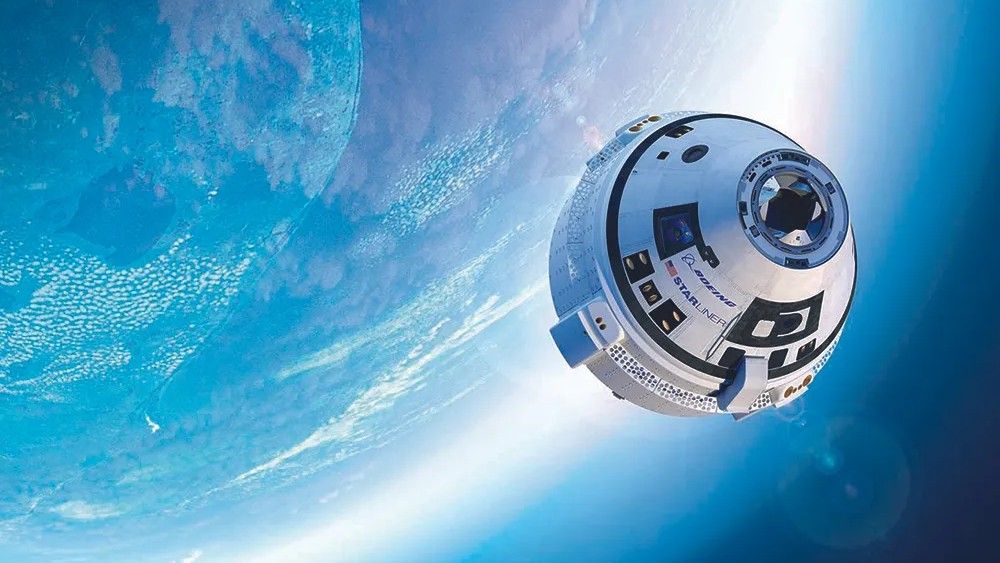Astronauts Stranded In Space Due To Multiple Issues With Boeing's Starliner ⁘ And The Window For A Return Flight...
 Read more: See here
Read more: See hereTwo NASA astronauts who rode to orbit on Boeing's Starliner are currently stranded in space aboard the International Space Station (ISS) after engineers discovered numerous issues with the Boeing spacecraft. Teams on the ground are now racing to assess Starliner's status.
Astronauts Butch Wilmore and Suni Williams were originally scheduled to return to Earth on June 13 after a week on the ISS, but their stay has been extended for a second time due to the ongoing issues. The astronauts will now return home no sooner than June 26th, according to NASA.
After years of delays, Boeing's Starliner capsule successfully blasted off on its inaugural crewed flight from Florida's Cape Canaveral Space Force Station at 10:52 a.m. EDT on June 5. But during the 25-hour flight, engineers discovered five separate helium leaks to the spacecraft's thruster system.
Now, to give engineers time to troubleshoot the faults, NASA has announced it will push back the perilous return flight, extending the crew's stay on the space station to at least three weeks.
"We've learned that our helium system is not performing as designed," Mark Nappi, Boeing's Starliner program manager, said at a news conference on June 18. "Albeit manageable, it's still not working like we designed it. So we've got to go figure that out."
After powering the thrusters up on June 15, engineers found that most of these issues appeared to be at least partially resolved, but their exact causes remain unknown.
However, the Harmony module's limited fuel means Starliner can only stay docked for 45 days, so the window for a safe return flight is narrowing.
The issues are the latest in a long list of setbacks and headaches for Boeing's spacecraft. The company built the Starliner capsule as a part of NASA's Commercial Crew Program, a partnership between the agency and private companies to ferry astronauts into low Earth orbit following the retirement of NASA's space shuttles in 2011. SpaceX's Crew Dragon also came from this initiative and has racked up 12 crewed flights since it began operating in 2020.
Comments
Post a Comment